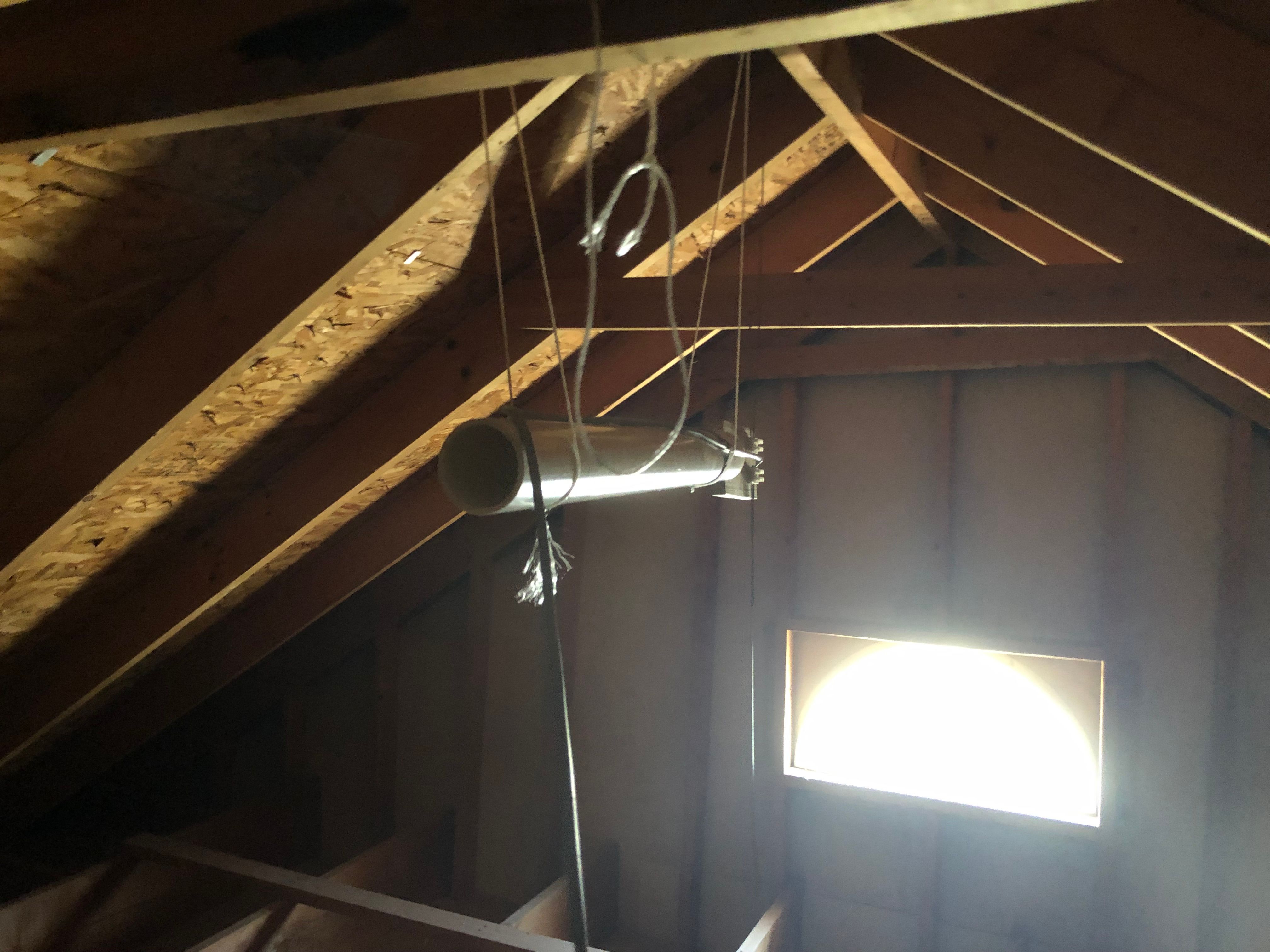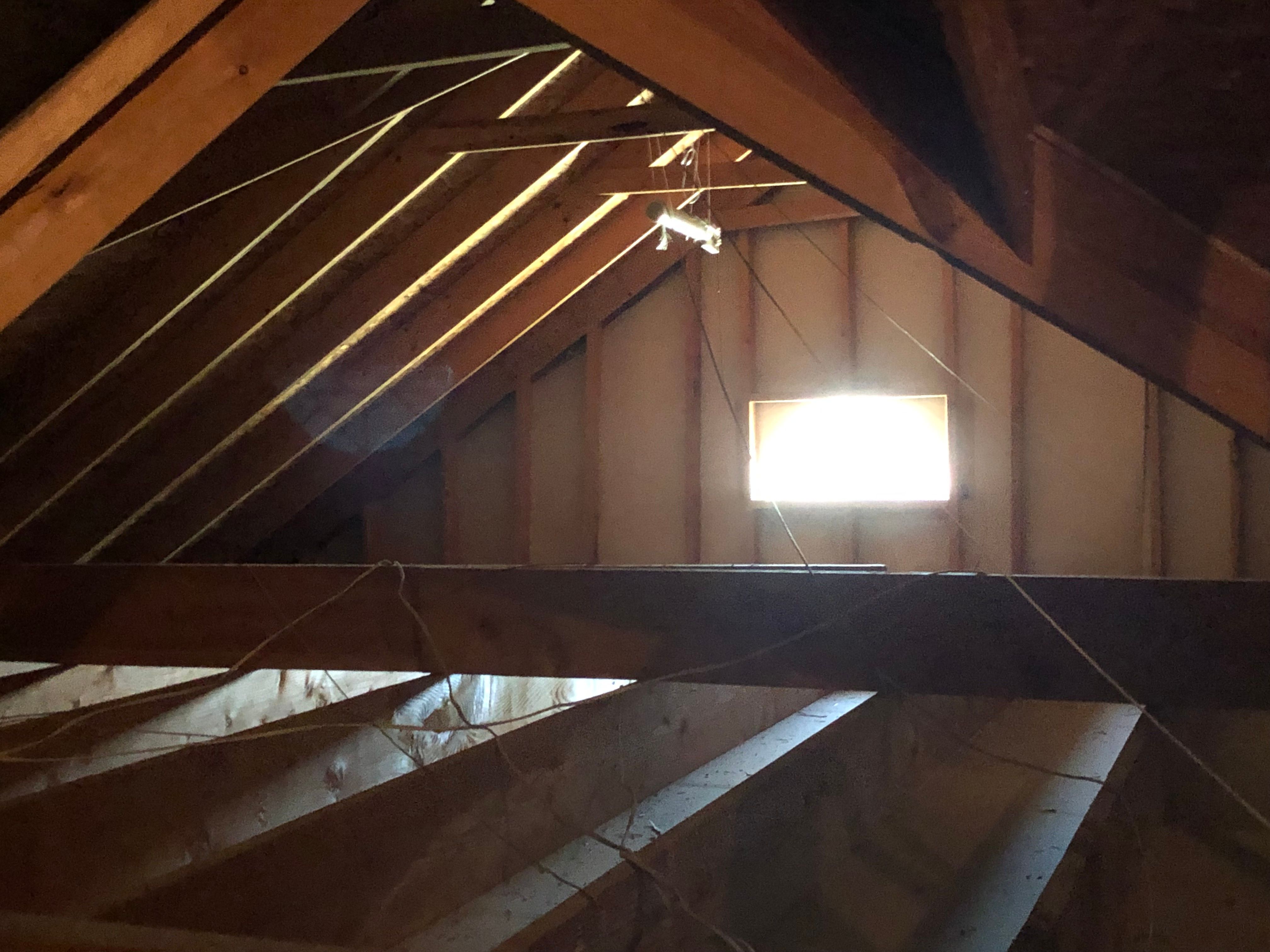
2021-04-14T17:33:00.000Z
Building a radio antenna
How I built my 2m/7cm ham radio antenna
In January I got my Ham Radio license purchased a cheap Baofeng Handheld radio for 2m/70CM/1.25m and it worked for a bit, but I wanted either something for the truck or something a little stronger to use in my office at home. After some research I thought putting something together at the house was the best option since I'm not in the truck all that often for long periods.
I spent quite a bit of time looking around for which radio to purchase. Since I'm fairly new to Ham radio much of this was a learning experience. I had a recommendation of the Anytone 58uuv-III (link) as a mobile unit, since initially mobile had been my first plan, I purchased that thinking I could use that for either route. But once I had decided to keep the radio in my office, I realized I needed something to power the radio.
Searching for power supplies on Amazon is a real headache. They all "suck", and they are all "ok", according to reviews. So I wasn't sure where to go on that. I thought about sorting by best rating and wishing for the best. (does anyone else ever do that?) Luckily I had a recommendation from a buddy about any of the Astron Power Supplies, so I found the SS-31 (link) on Amazon. It seems like the perfect choice, with more than enough power and super quiet.
The Antenna
I began watching YouTube videos about folks building their own antennas. My wife had made the "suggestion" that I not put one outside the house, so the attic was the best possible choice. I think that helped a bit in limiting the type of antenna I needed to make. I found several simple Dipole instruction videos using copper or brass pipe, most of them required soldering or even using a blow torch for the copper, but I hadn't ever done any soldering even less using a blow torch.
Here are the supplies I used. note: some links are amazon affiliate links:
- 1 1x4 cut at about 6 inches.
- RG8X cable - link
- Utilitech Quick Wire Connectors - link
- 3M Heavy Duty Velcro - link
- 2 Coat hangers cut to length - link
- 2 foot 2" PVC link
Instructions
- I started by cutting off the 1x4 to around 6" or so as a base for the poles of the antenna.
- For 2M/70CM dipoles I took both hangers and cut as much length of wire as I could, and used a set of pliers to bend the piece to as straight as possible. I used this calculator as a reference for the lengths of the poles. I began measuring the length of the smaller (70cm) pole, at around 7.5". This was more than I needed but assumed longer would be a better option than cutting too short. I then took a pair of plumbers pliers and bent the hanger to as close as 90 degrees as I could get 2 times to enable both poles to point in the same direction. For the 2 meter pole, I had way more length than I needed so I cut the remaining length to about 21 inches.
- Next, I took the quick wire connectors and with a razor knife cut 2 terminals off the strip. One for each set of poles.
- Then I added the adhesive velcro to the bottom of the velcro and one piece to a spot on the 1x4 board, about 2 inches apart.
- After that, I ran the coat hangers through each terminal on the connectors, the long pole through one gate, and the smaller through the one below.
- I stripped the coax and braided the shield and main wire pulled them at as close to 90 degrees as possible and ran them into each of the 2 quick wire connectors making contact with the longer poles, then tightening them down with a small flathead screwdriver.
- Attach the poles with wire connectors to the 1x4 so that the poles are horizontal, and the coax is running at 90 degrees from the poles.
- I then ran up into the attic and found a good spot to hang the entire unit from the roof. I'm not sure if this is the best method or not. It seems to work well enough.
- The last step was to run the Coax down the wall into the radio.
With all that done. Once the antenna was hanging in the attic I used an antenna analyzer to play around with the pole length and trim down the length of both sets of poles to what gave me the best reading. Signal reports from nearby repeaters were pretty decent, even as far out as about 30-40 miles. I connected an analyzer to the antenna and was getting okay SWR readings of 1.3-1.5 on both bands. I'm sure there are better ways to do most of this, but it's been a learning experience for sure.
UPDATE: I'm currently working on a version 2 with pure copper wire, hoping that may give me a little better SWR reading? I'm a big fan of the "try and see" method, so far it's working out well, I may also try brass.


Anything broken? Let me know @mattbtay. It's hot down here in TX, sometimes it'll mess with ya.